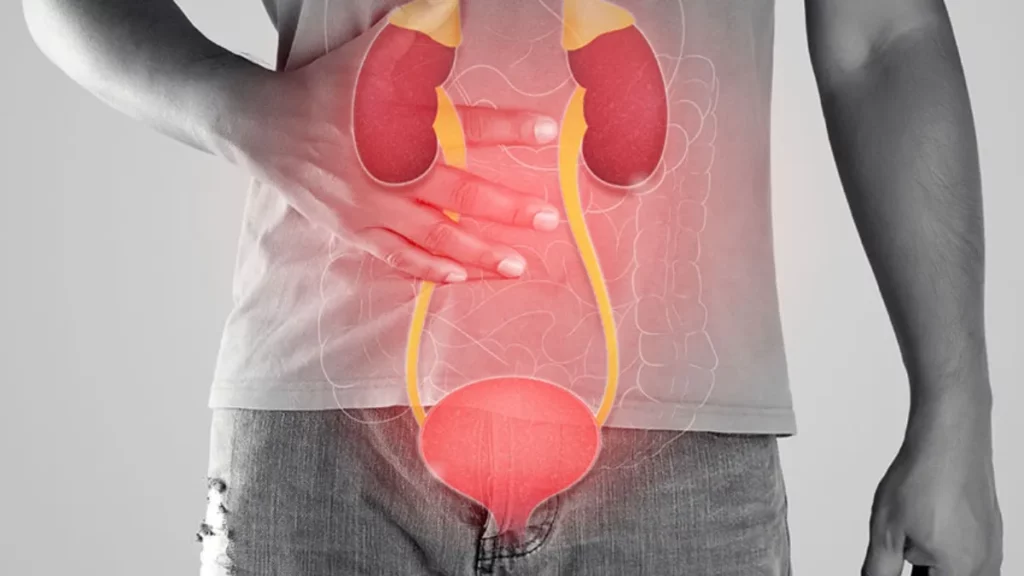
Why Back Pain Shouldn’t Be Ignored
Early prostate cancer detection is now simpler due to modern diagnostics. Thus, it is important to know about the causes, symptoms and treatment.
Kidney, bladder, prostate, and testicular tumours are among the urological cancers that usually show mild symptoms that are misinterpreted as everyday illnesses. Because persistent symptoms like back pain, frequent urination, or blood in the urine might occasionally be early indicators of concealed urological malignancies, doctors are advising people more and more not to ignore them.
The fact that the symptoms of urological tumours sometimes mimic those of benign diseases such as kidney stones, muscular strains, or urinary tract infections presents one of the main obstacles. For example, poor posture, injuries, or ageing are frequently blamed for lower back pain. However, in certain instances, chronic or inexplicable back pain, particularly if it doesn’t go away with standard therapies, may be a sign of advanced prostate cancer or kidney cancer, where the illness may have progressed to the bones.
In the same manner, common bathroom issues such as poor urine flow, burning, or a sense of incomplete bladder emptying are frequently brushed off as age-related changes or mild illnesses as well as Hematuria, or blood in the urine, is one of the most important warning indicators. Never disregard it, even if it only happens once and is painless. According to Dr Akash Shah, Consultant Uro-oncology & Robotic Surgery, HCG Cancer Centre, Borivali, one of the most common symptoms of bladder cancer is sporadic, painless blood in the urine. In the early stages, this is frequently the only indication. Although hematuria does not always indicate cancer, doctors emphasise that it is important to rule out cancer as soon as possible because it can also be caused by infections or stones.
Who’s in Danger?
- Prostate and bladder cancers are typically more common in men over 50. Smokers are much more likely to get kidney and bladder malignancies.
- Other risk factors for all urological malignancies include obesity, family history, recurrent infections, and chemical exposure at work.
- Younger people are not completely immune, though. For instance, men between the ages of 15 and 40 are more likely to develop testicular cancer, which may appear as a painless lump or swelling in the testicle. With the development and changing unhealthy habits, even prostate and renal cancers are seen in younger individuals.
Early prostate cancer detection is now simpler due to modern diagnostics like PSA blood testing, CT scans, ultrasound, and urine cytology. Regular health examinations are advised, particularly for people in higher risk categories. Changing one’s lifestyle, giving up smoking, drinking enough water, and eating a balanced diet all help reduce the risk.
Disclaimer: Tips and suggestions mentioned in the article are for general information purposes only and should not be construed as professional medical advice. Always consult your doctor or a dietician before starting any fitness programme or making any changes to your diet.